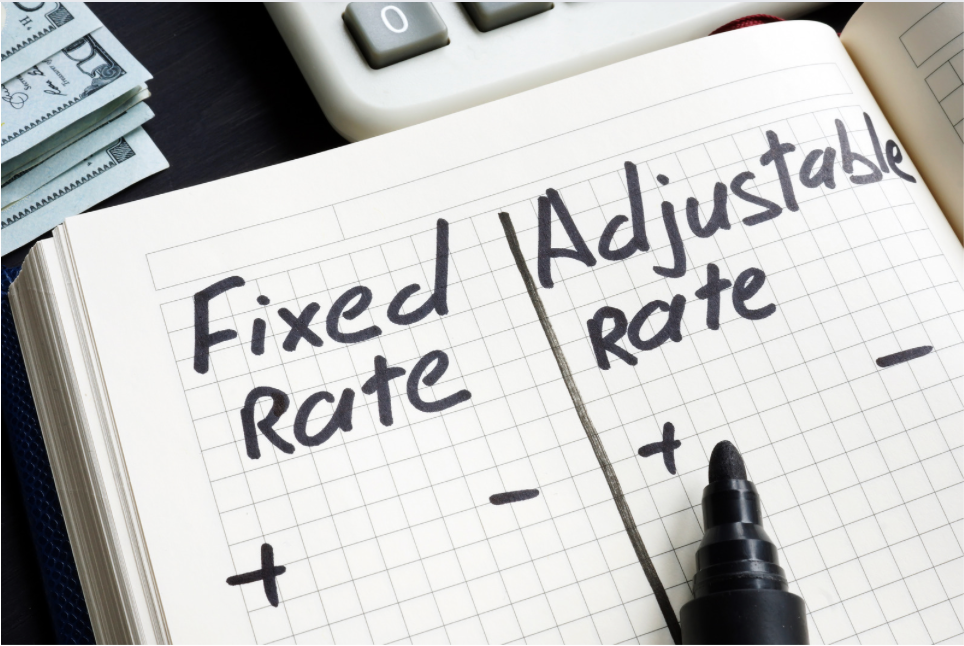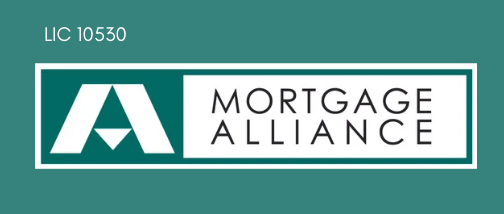
Renting vs. Buying
Introduction
The age-old debate of whether to rent or buy a home continues to confound individuals looking to make one of the most significant financial decisions of their lives. Both renting and buying have their merits, but in this article, we'll delve into the financial case for homeownership. While renting offers flexibility and lower upfront costs, owning a home can prove to be a wise investment in the long run, offering financial stability and potential wealth accumulation.
Building Equity: A Key Advantage of Homeownership
One of the most compelling financial arguments in favor of homeownership is building equity. When you own a home, each mortgage payment you make contributes to building equity, which is essentially the difference between your home's market value and the amount you owe on your mortgage. Over time, as you continue to pay down your mortgage, your equity in the property grows.
Unlike renting, where monthly payments provide no ownership stake, homeownership enables you to accumulate wealth gradually. This equity can serve as a valuable asset, which can be tapped into through home equity loans or lines of credit, providing you with a financial safety net during unexpected expenses or opportunities.
Tax Benefits of Homeownership
Another factor favoring homeownership is the potential for tax benefits. In many countries, homeowners are eligible for deductions on mortgage interest and property taxes, effectively lowering their taxable income. This can translate into significant savings during tax season, making homeownership a more financially appealing option.
Stable Housing Costs
Renting often comes with the uncertainty of fluctuating rents, subject to the landlord's decisions and market conditions. On the other hand, owning a home offers more stability in terms of housing costs. With a fixed-rate mortgage, your principal and interest payments remain consistent throughout the life of the loan, allowing for better long-term budgeting and financial planning.
Investment and Appreciation
Real estate has historically proven to be a reliable long-term investment. While short-term fluctuations in the housing market are possible, over the years, properties have generally appreciated in value. By owning a home, you stand to benefit from potential appreciation, which can contribute to your overall net worth. It's essential to note that while appreciation is not guaranteed, historical trends suggest that real estate values tend to rise over time.
Retirement and Long-Term Financial Planning
Homeownership can play a crucial role in retirement planning. Owning a home outright by the time you retire means you'll have significantly lower housing costs, making your retirement income stretch further. You might choose to downsize or even use your home's equity to supplement your retirement funds. The value of having a paid-off home during retirement cannot be overstated, as it can bring peace of mind and financial security during your golden years.
Conclusion
While renting offers short-term flexibility, the financial case for homeownership is strong, with numerous advantages that can contribute to long-term wealth and stability. Building equity, tax benefits, stable housing costs, potential investment appreciation, and retirement planning are all compelling reasons to consider owning a home. As with any financial decision, it's essential to assess your personal circumstances, conduct thorough research, and consult with financial professionals to determine whether homeownership aligns with your broader financial goals.





